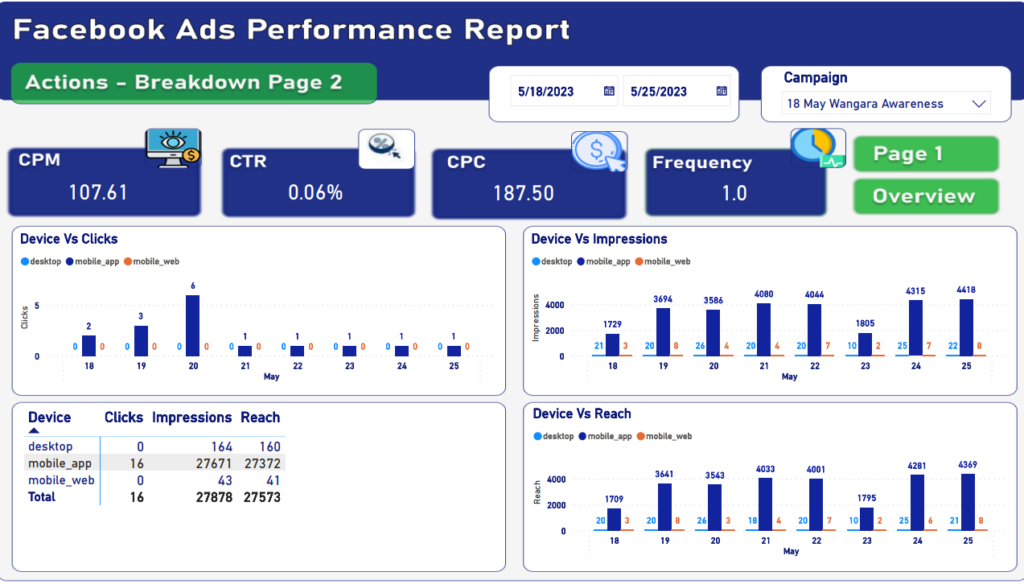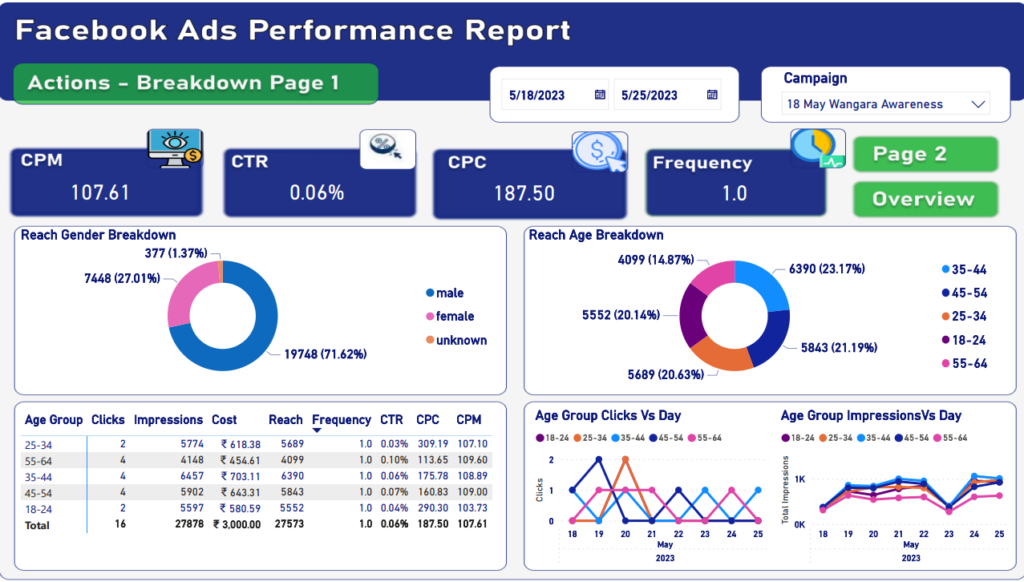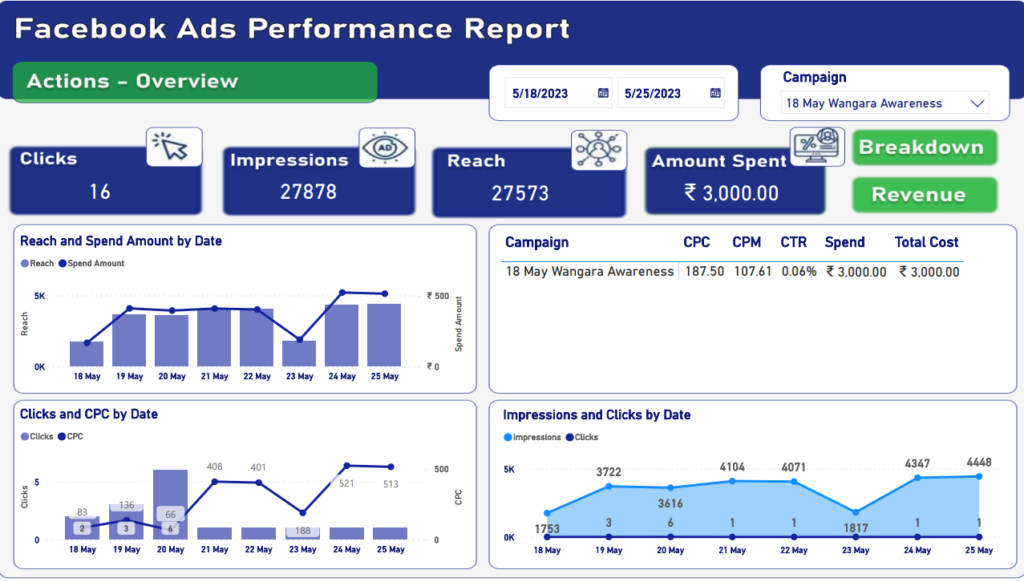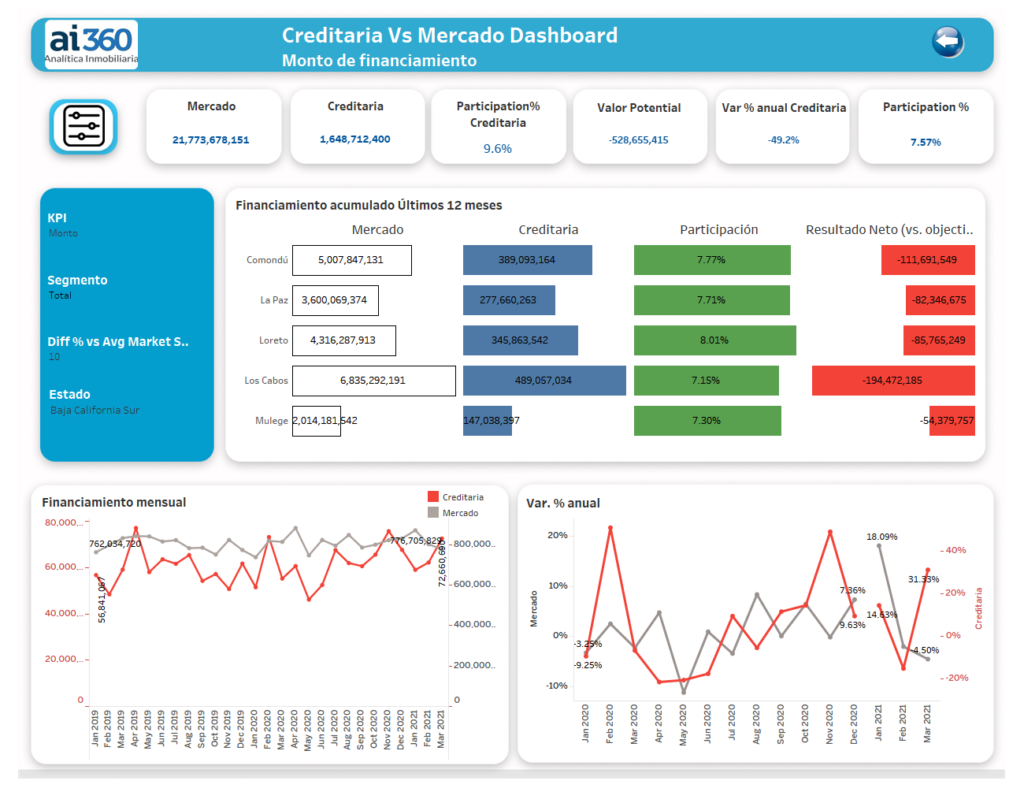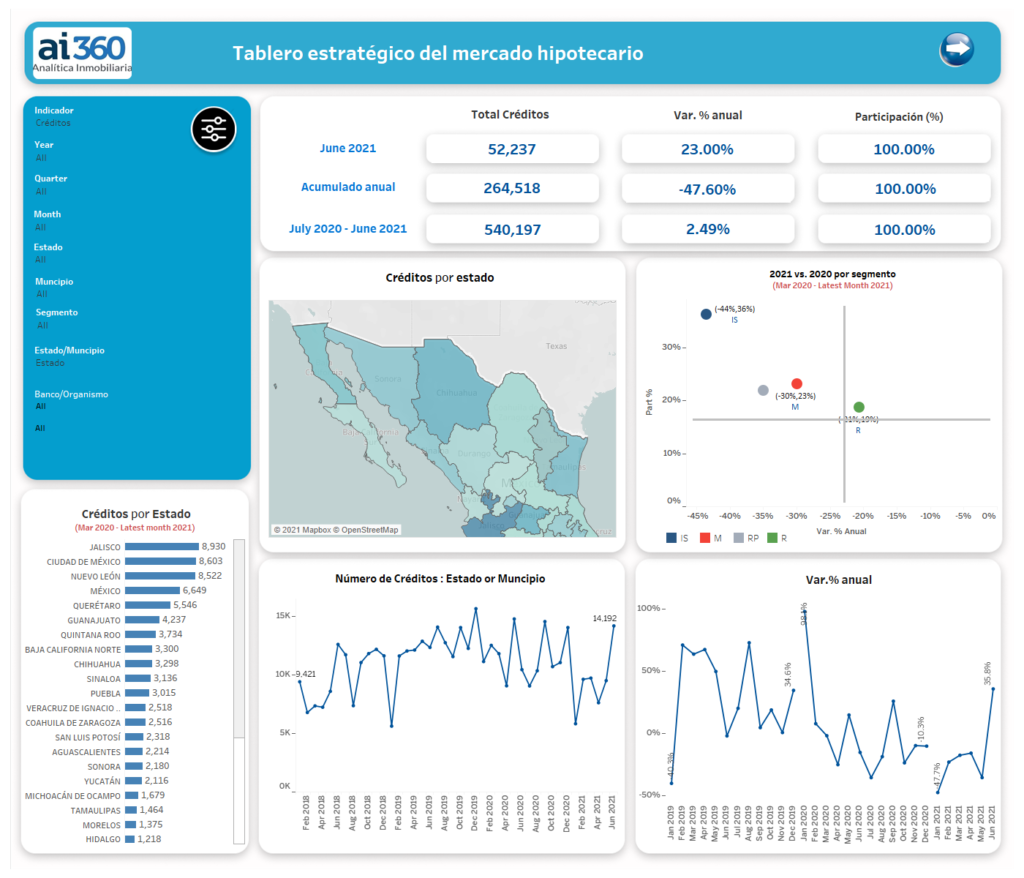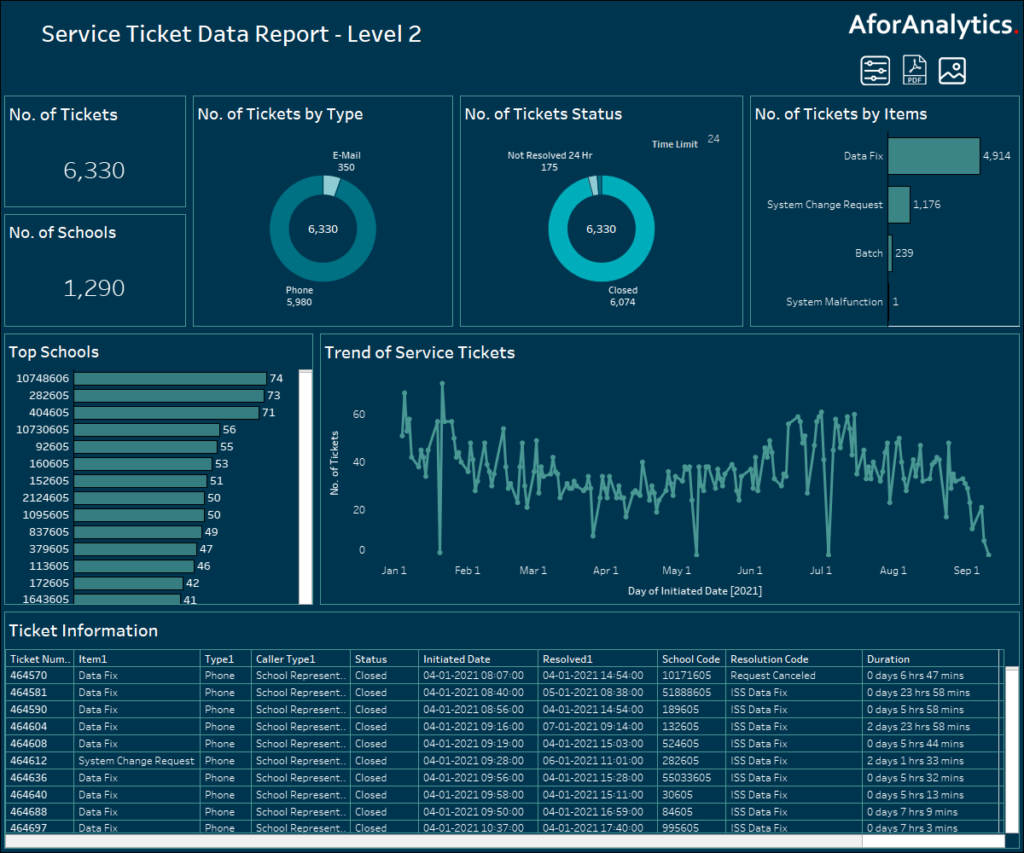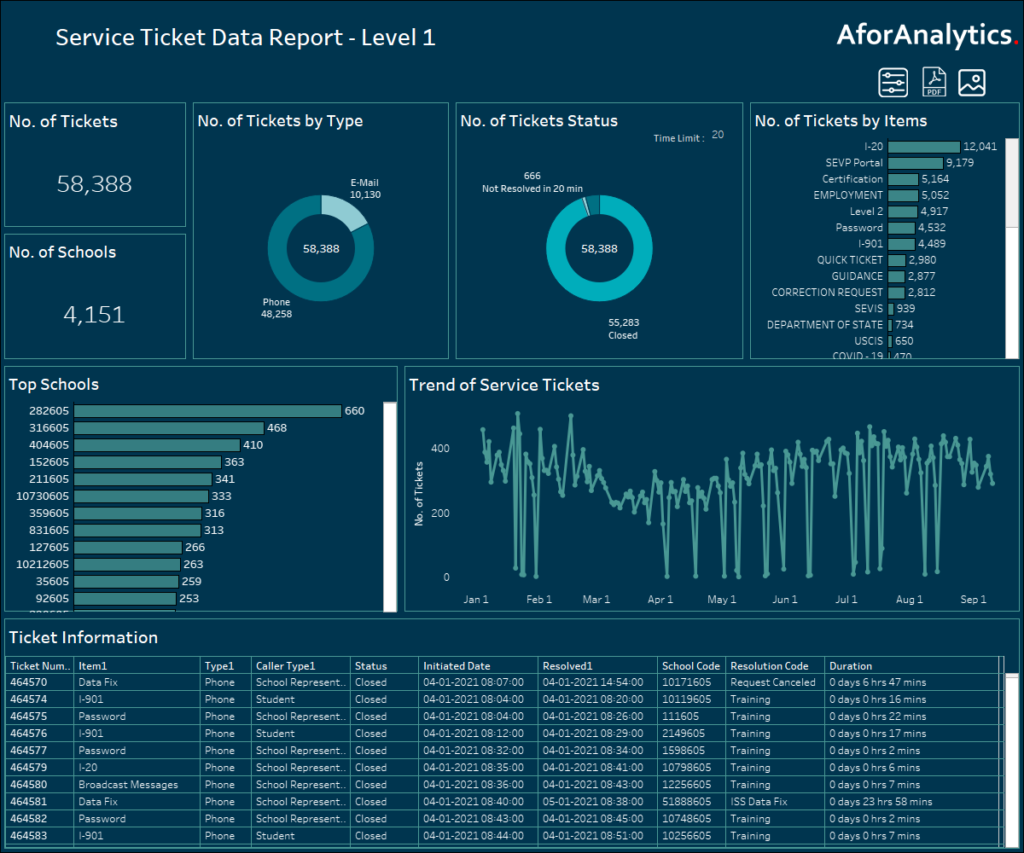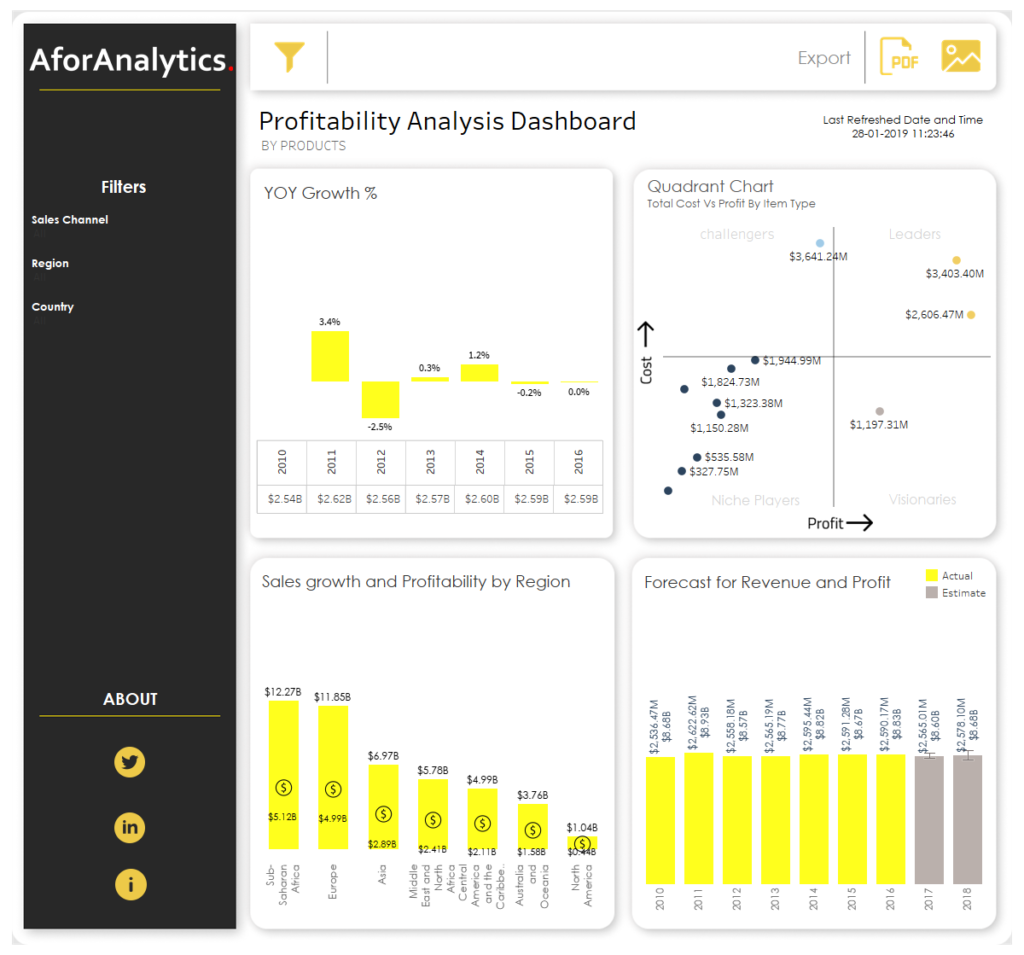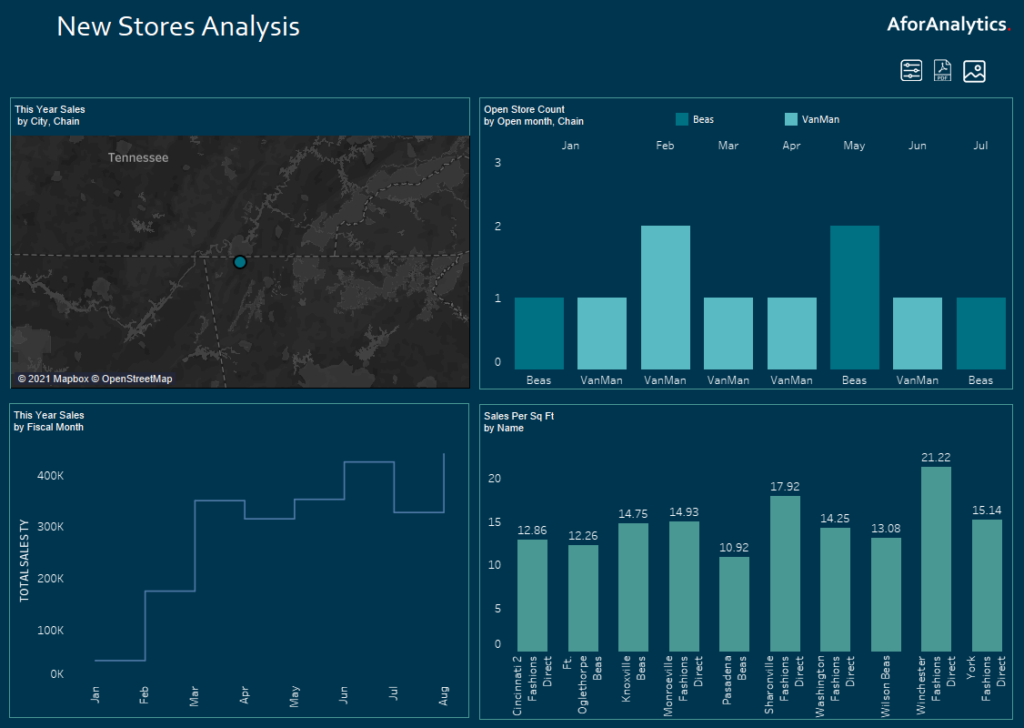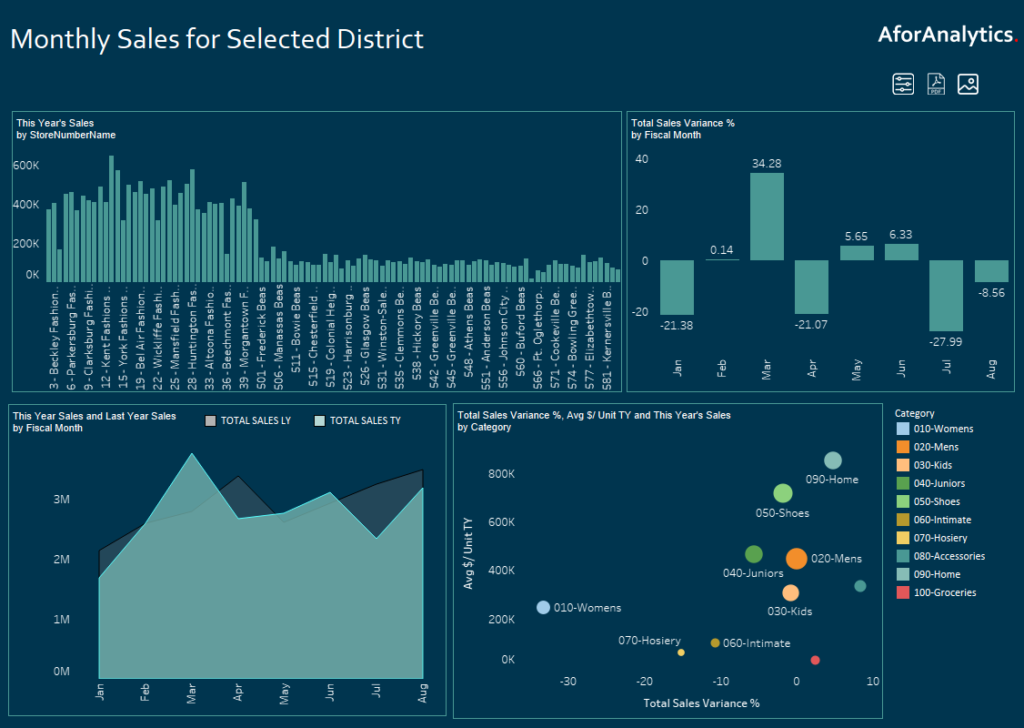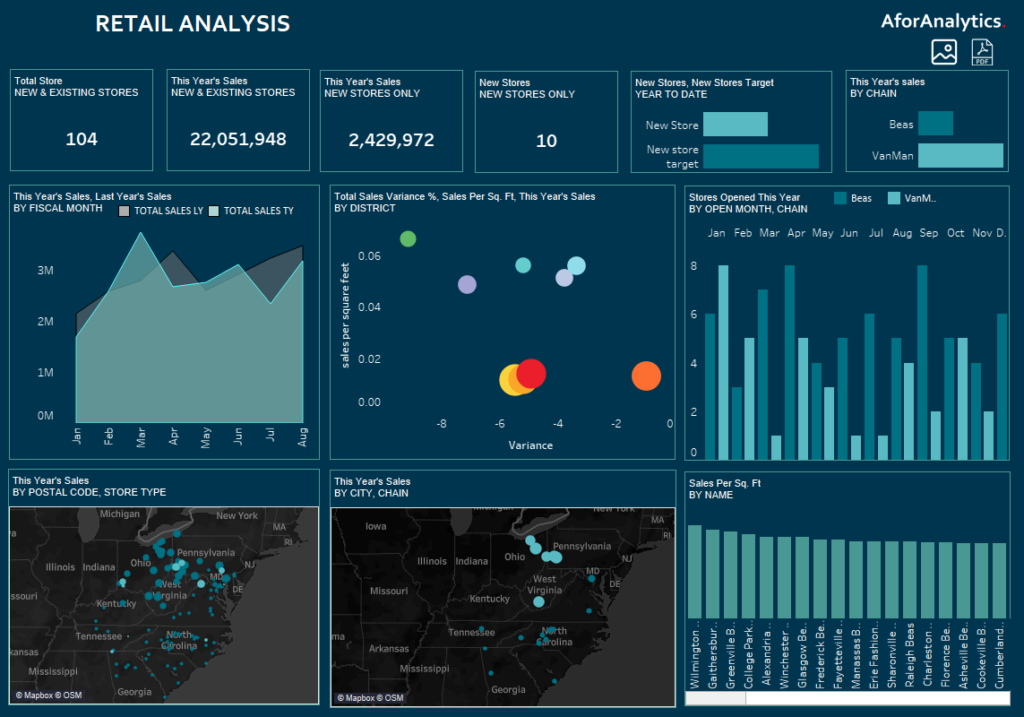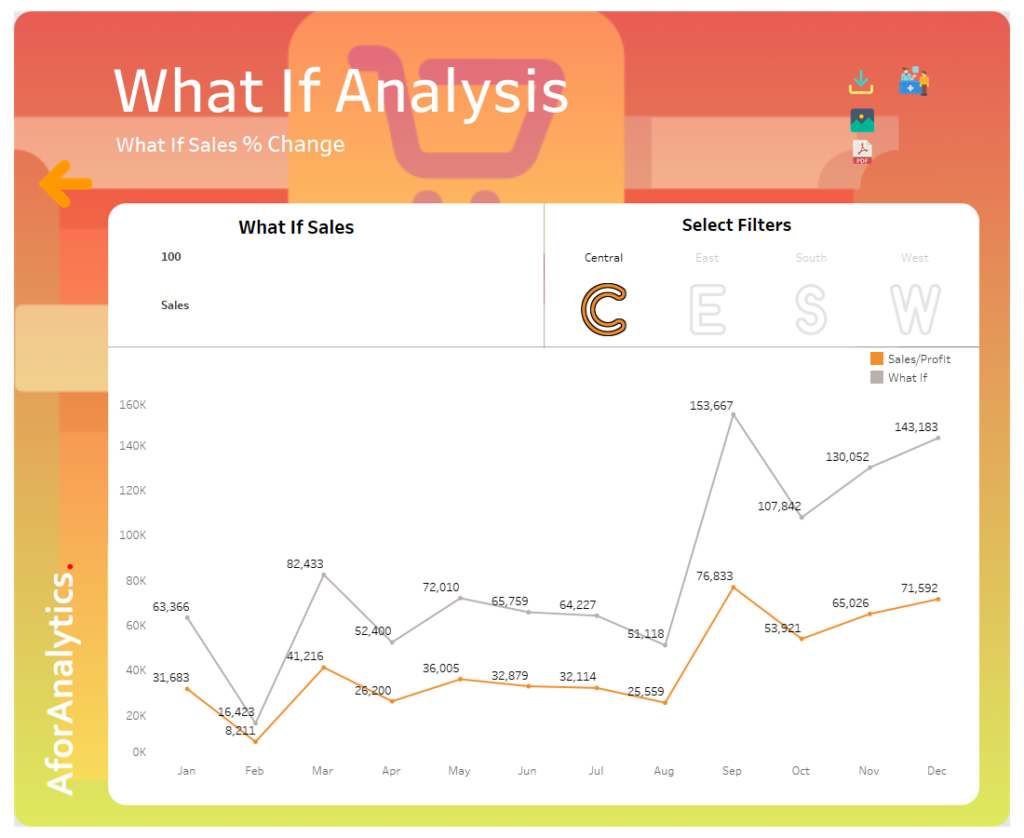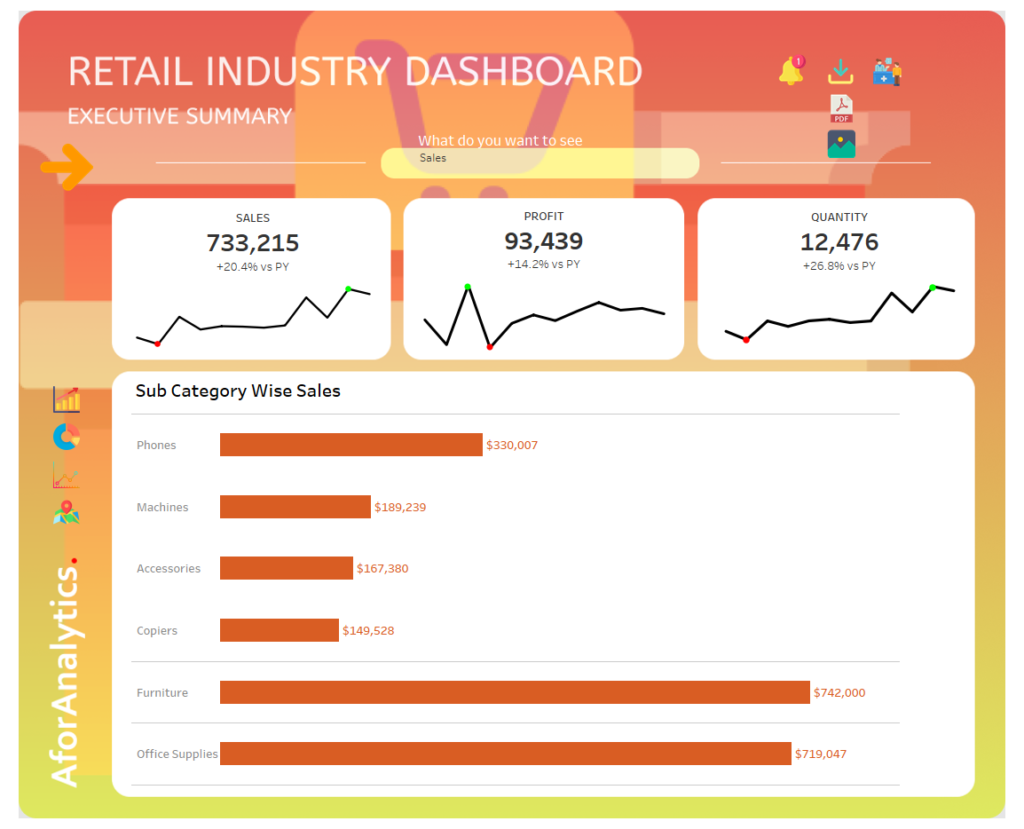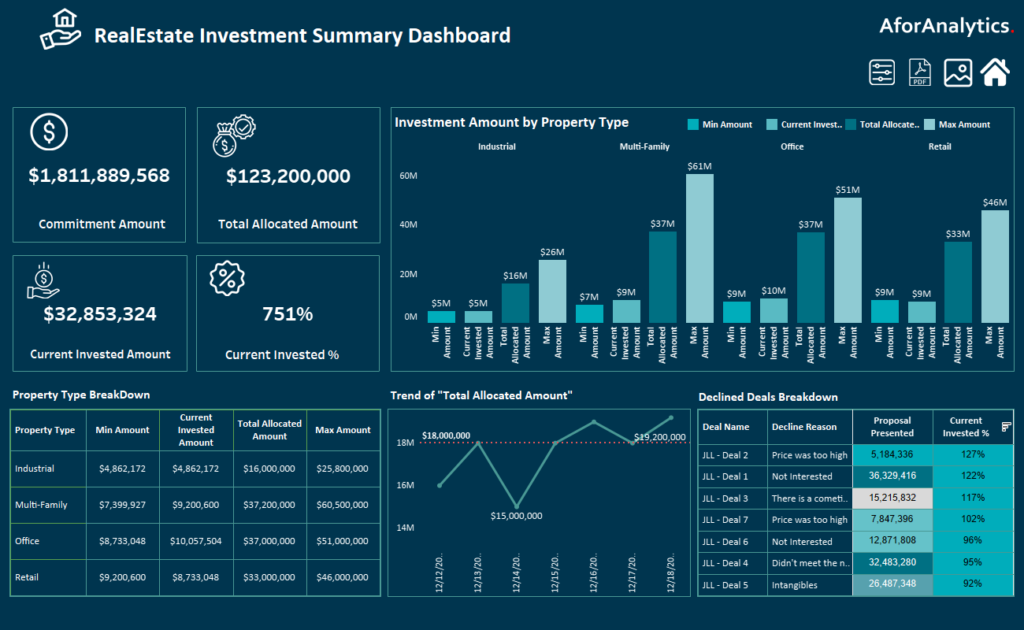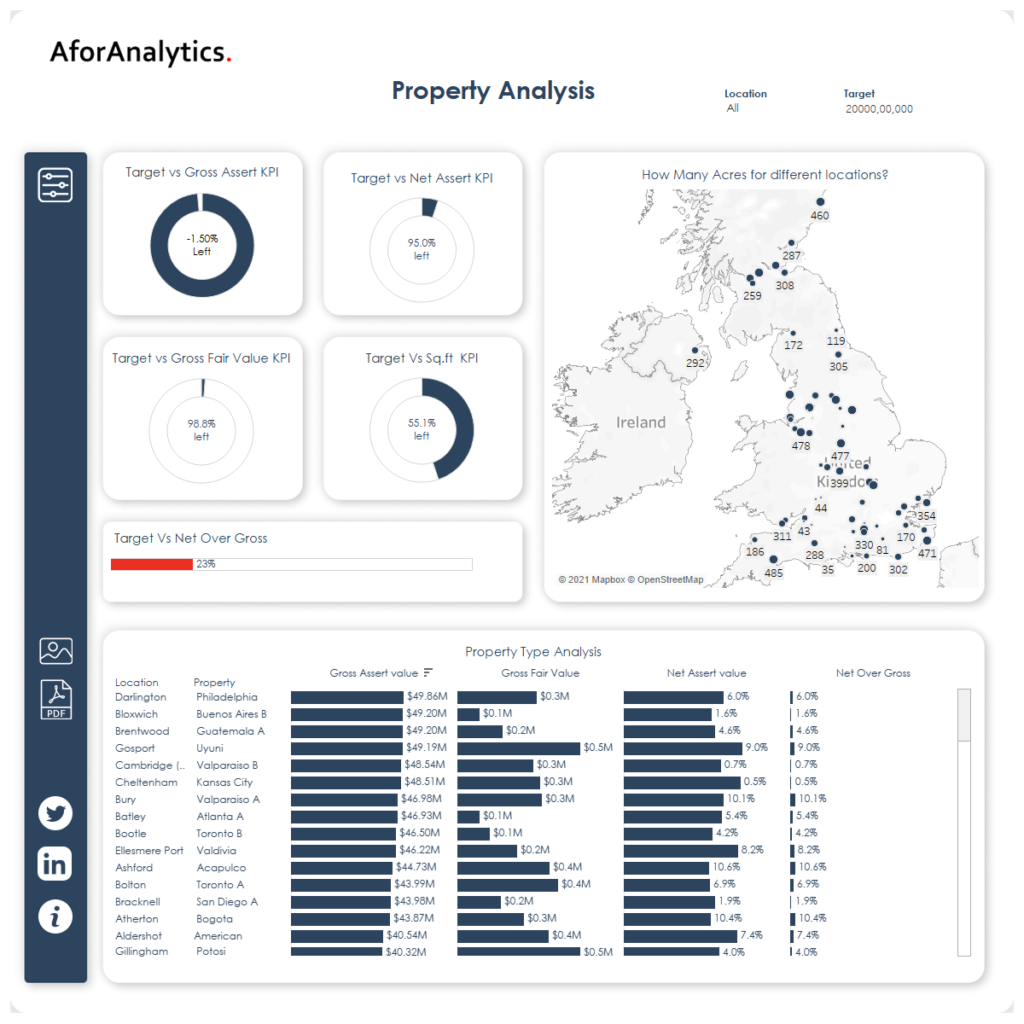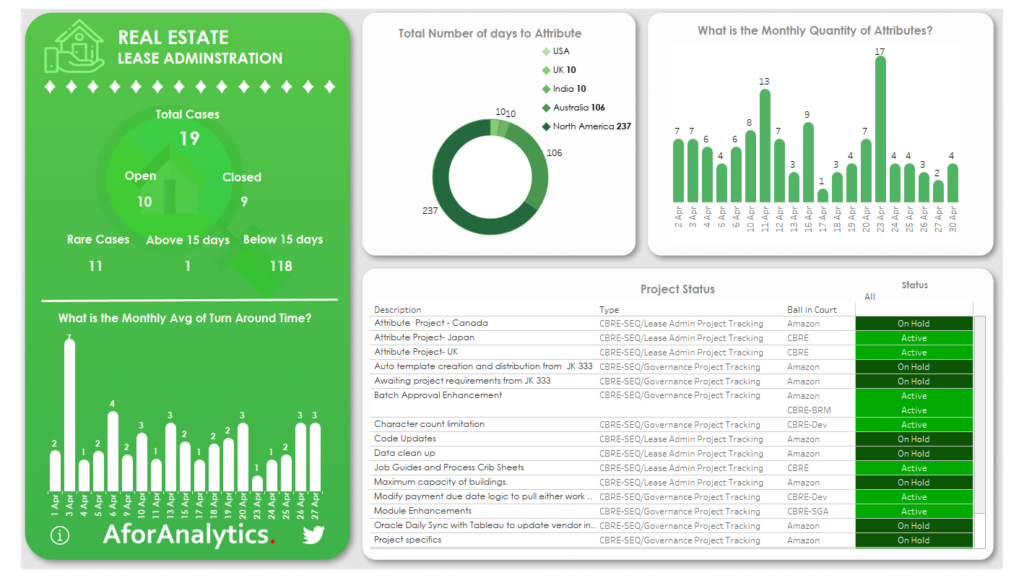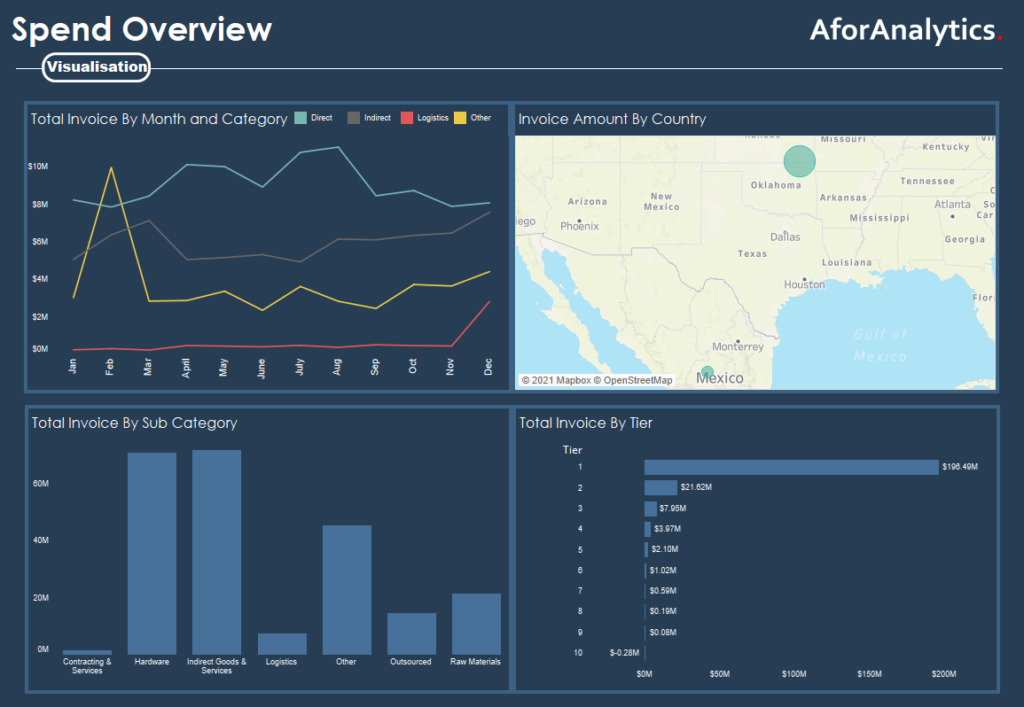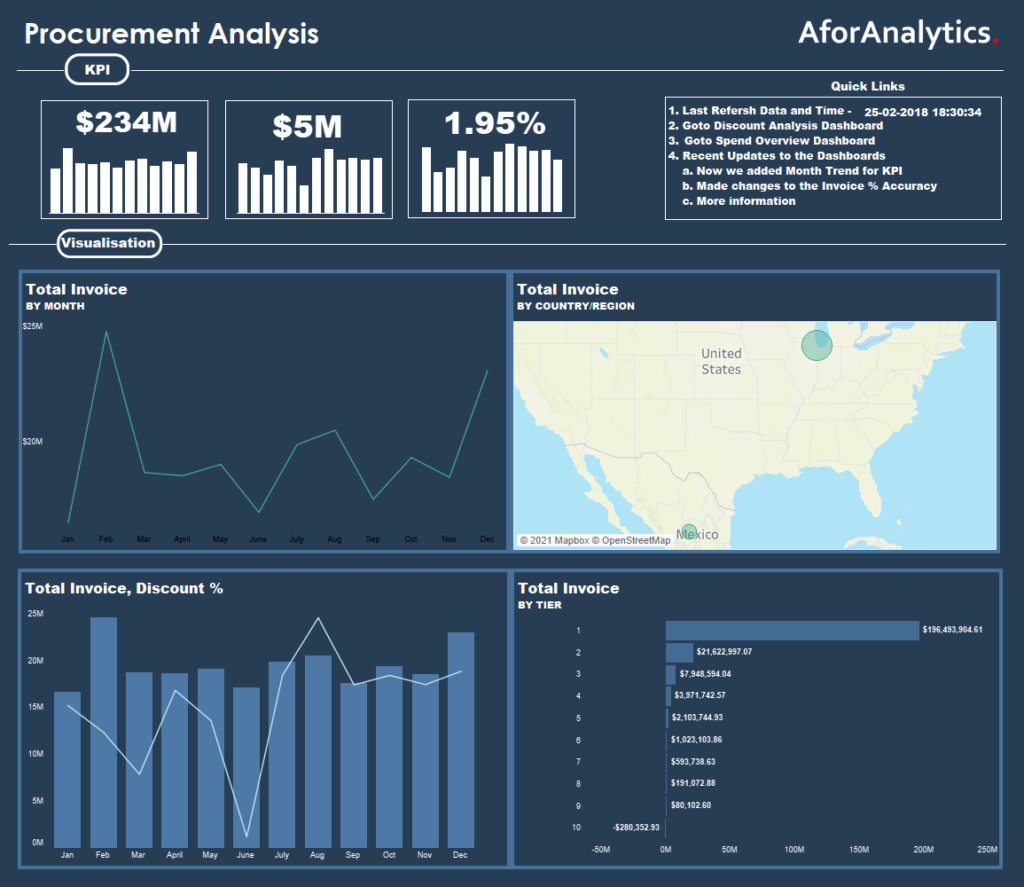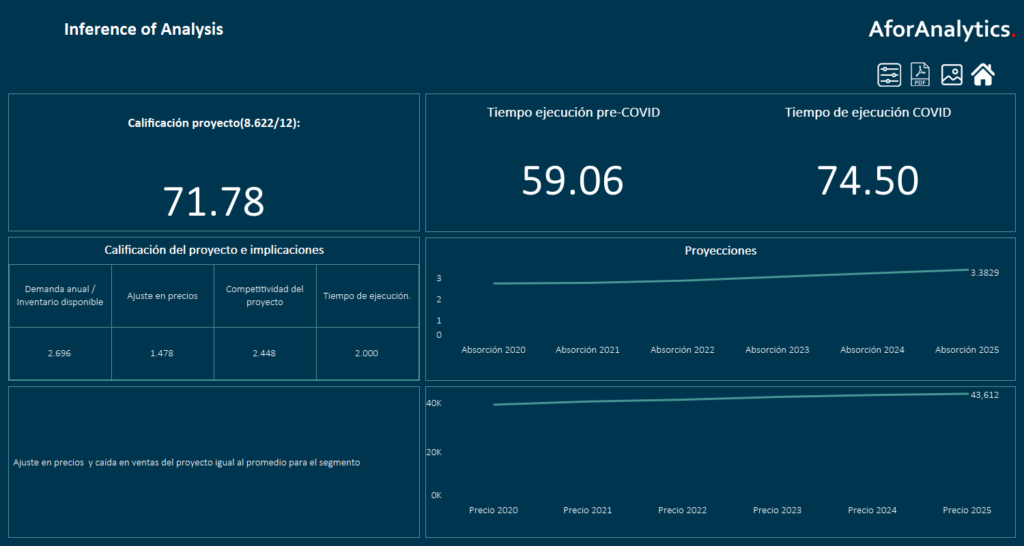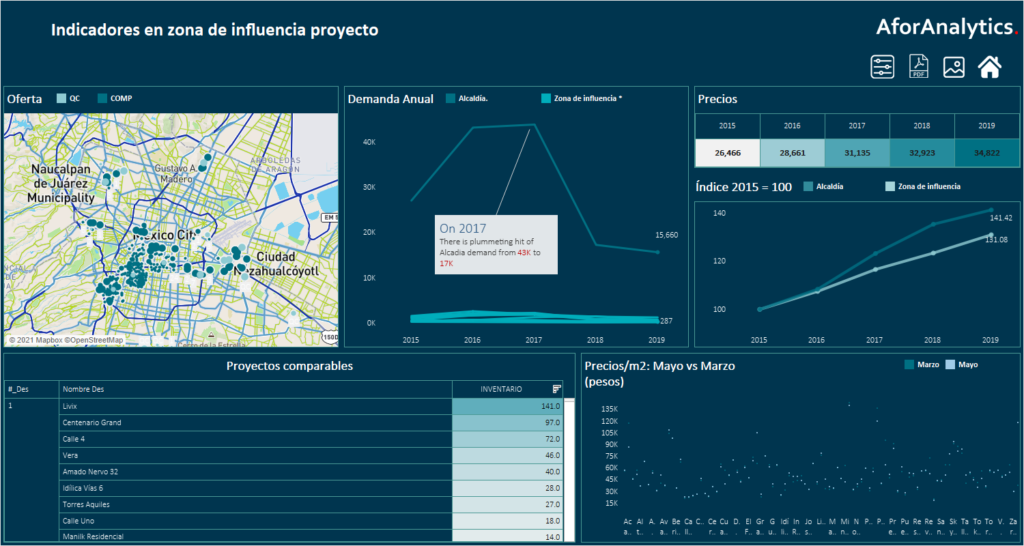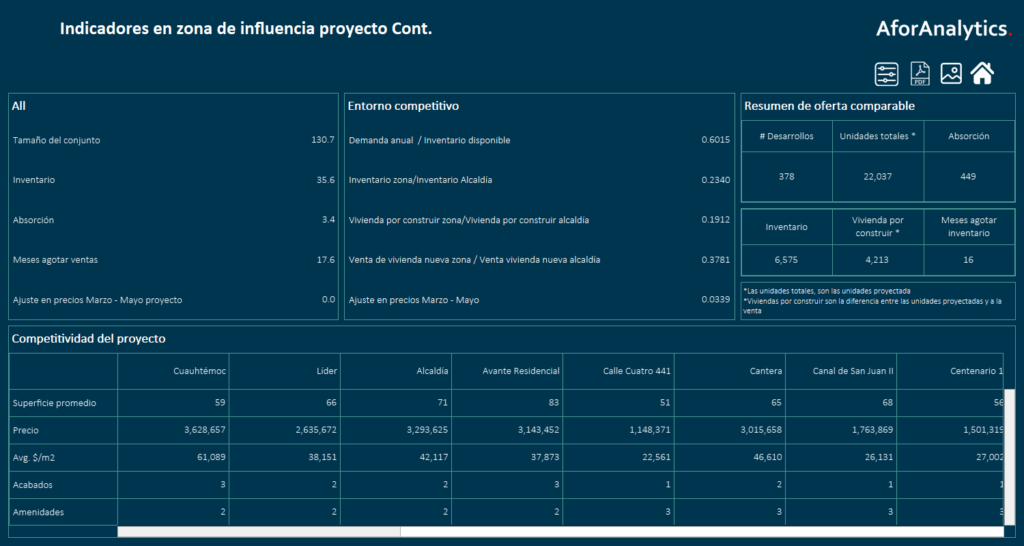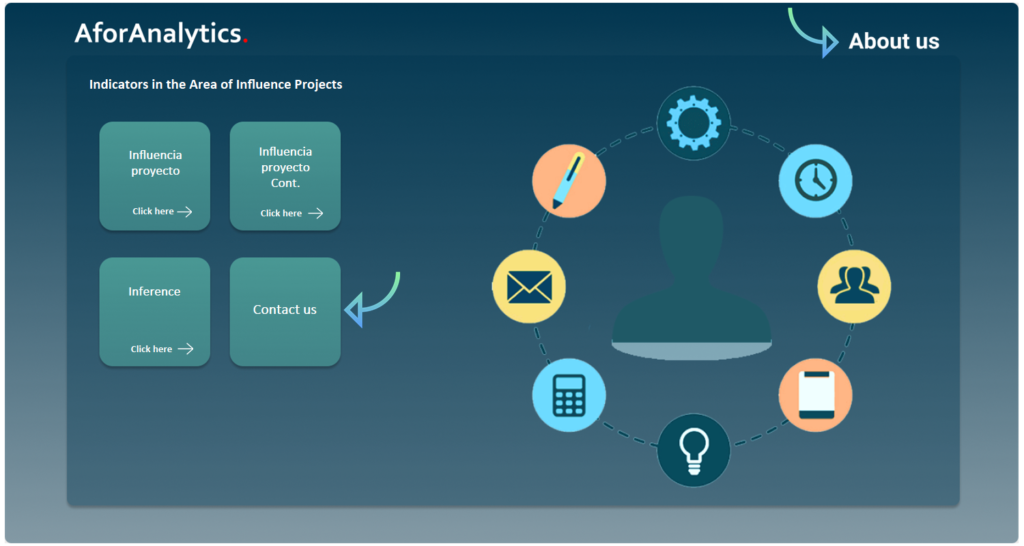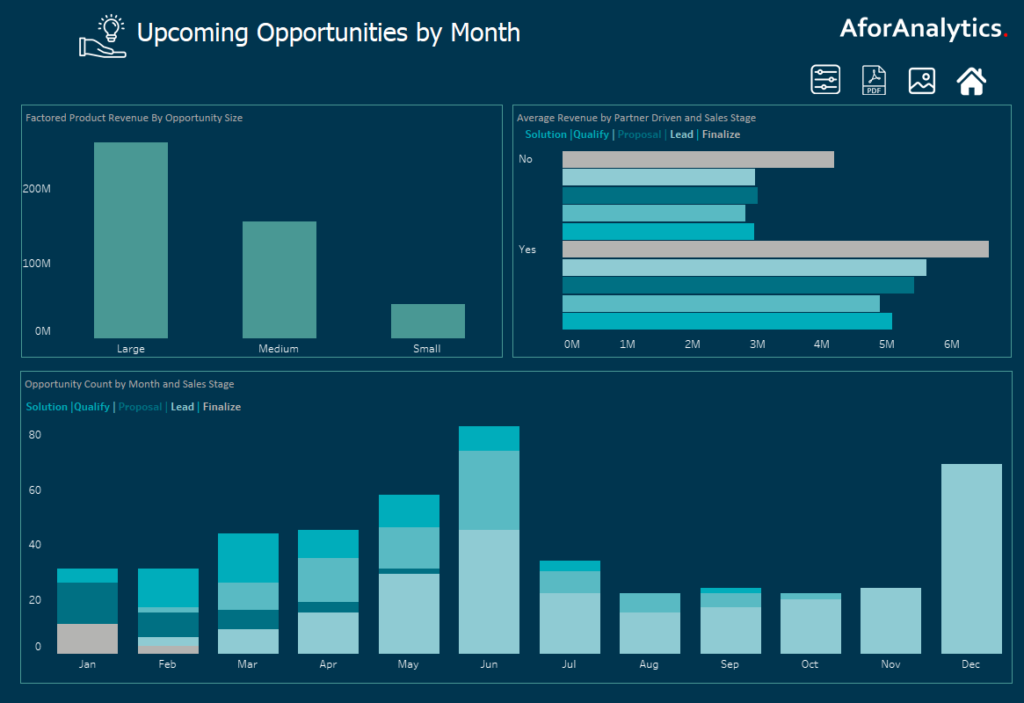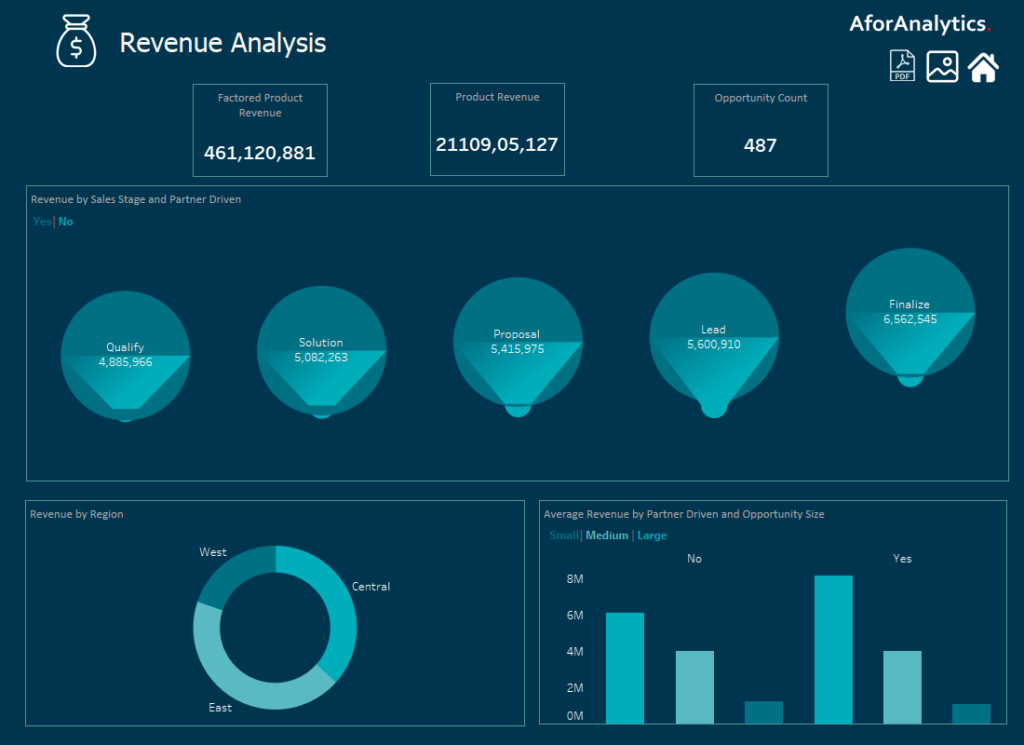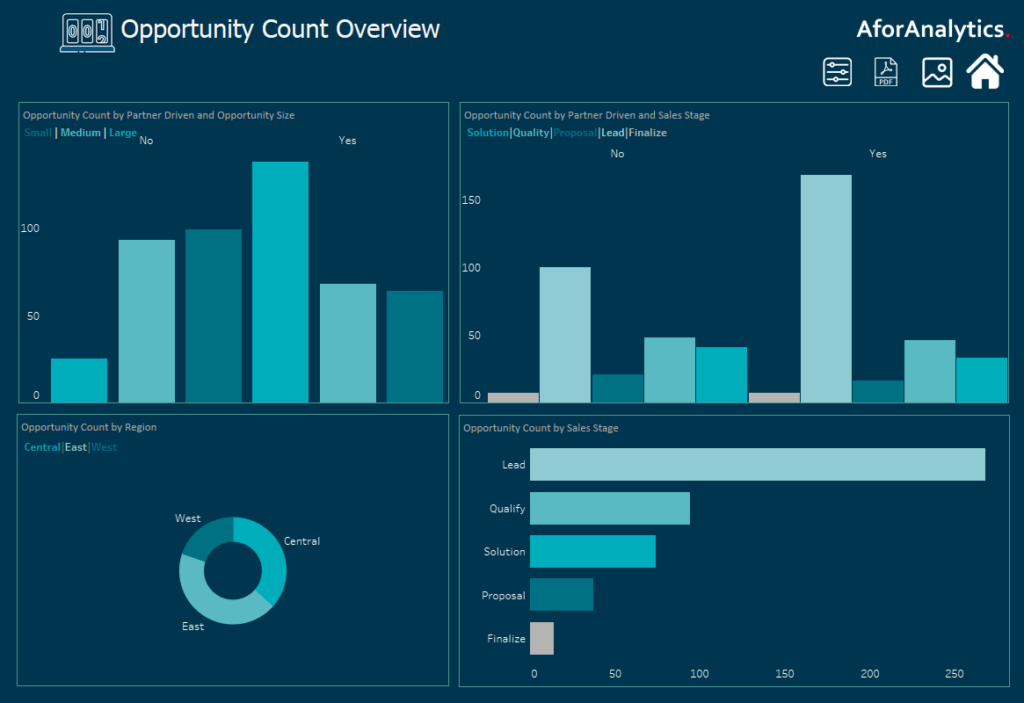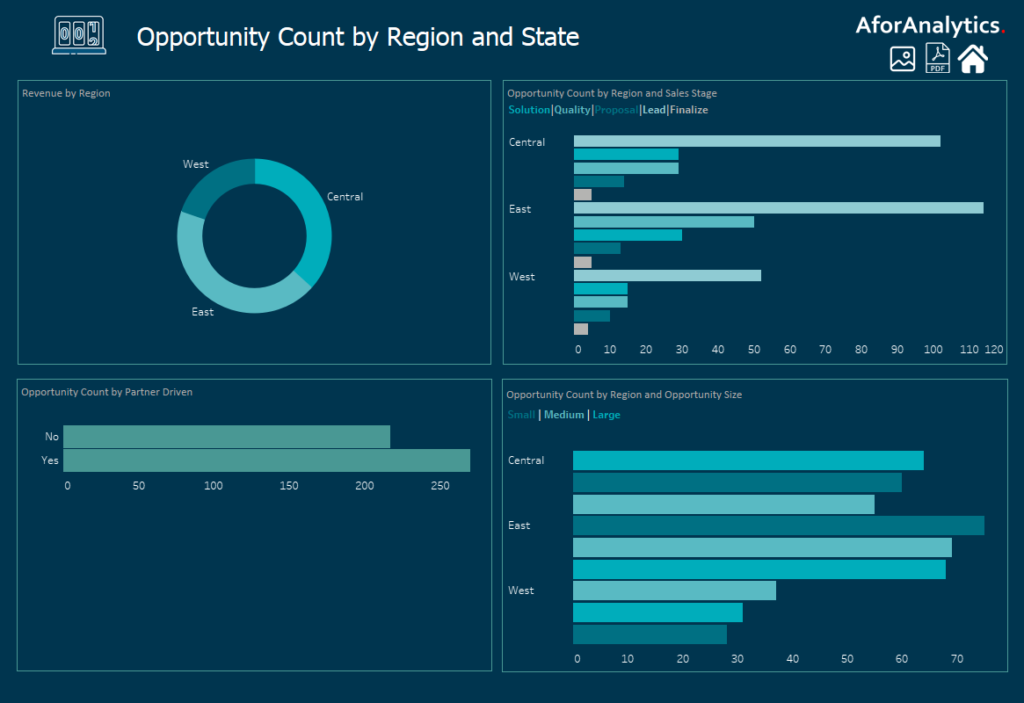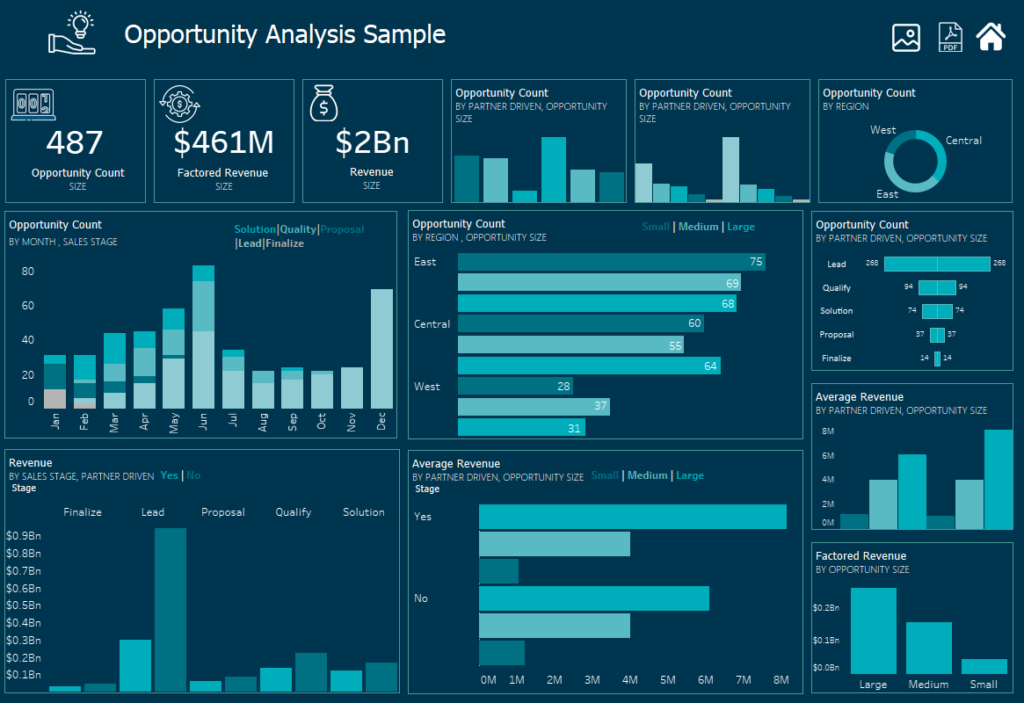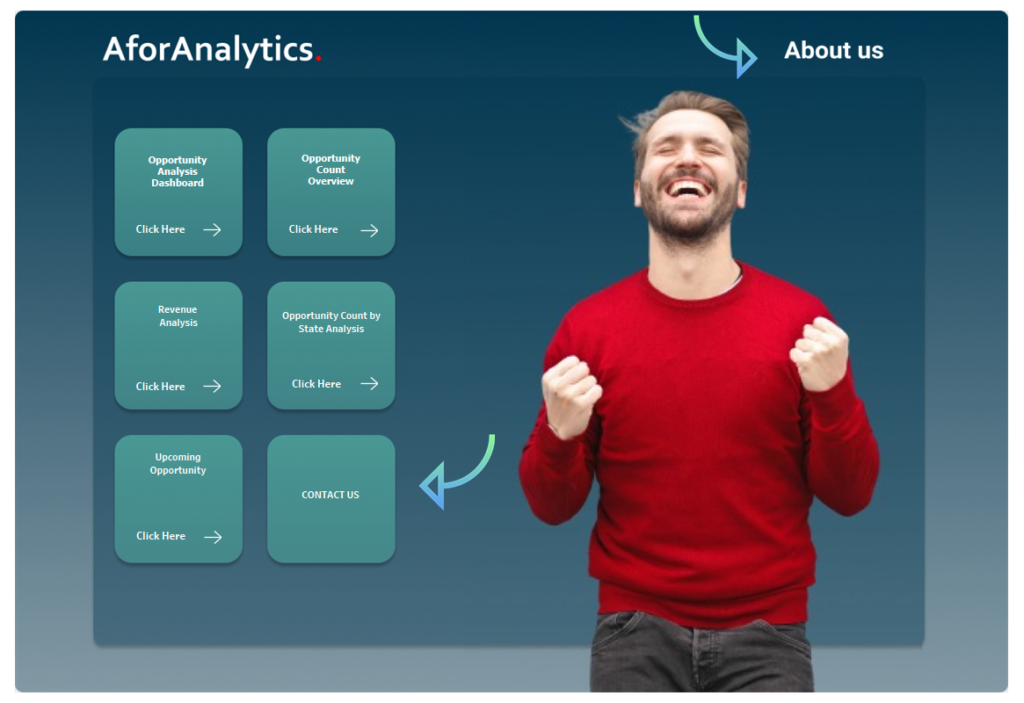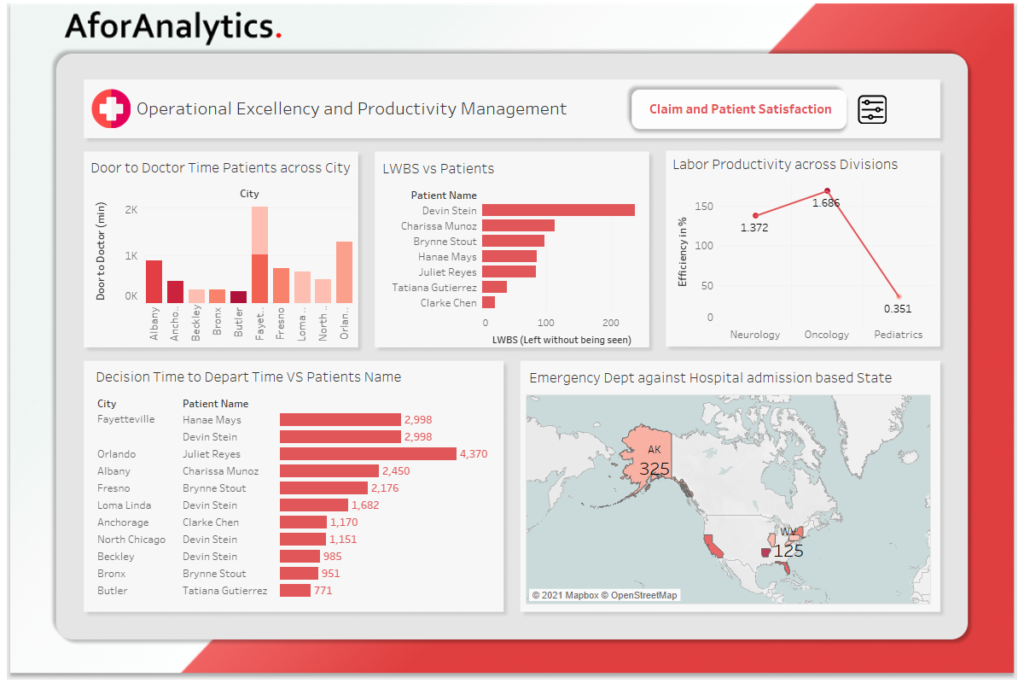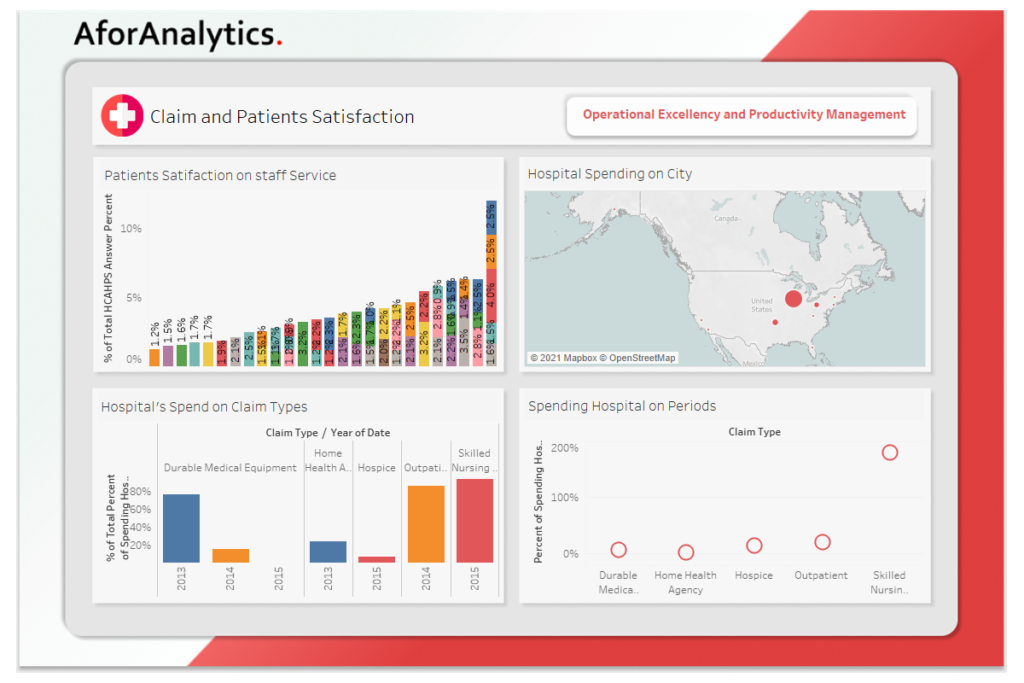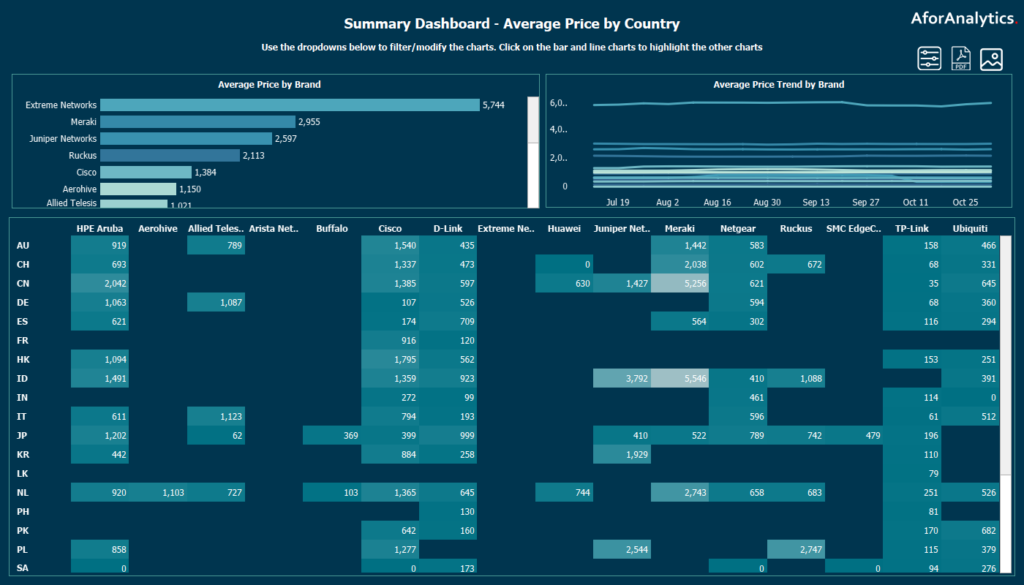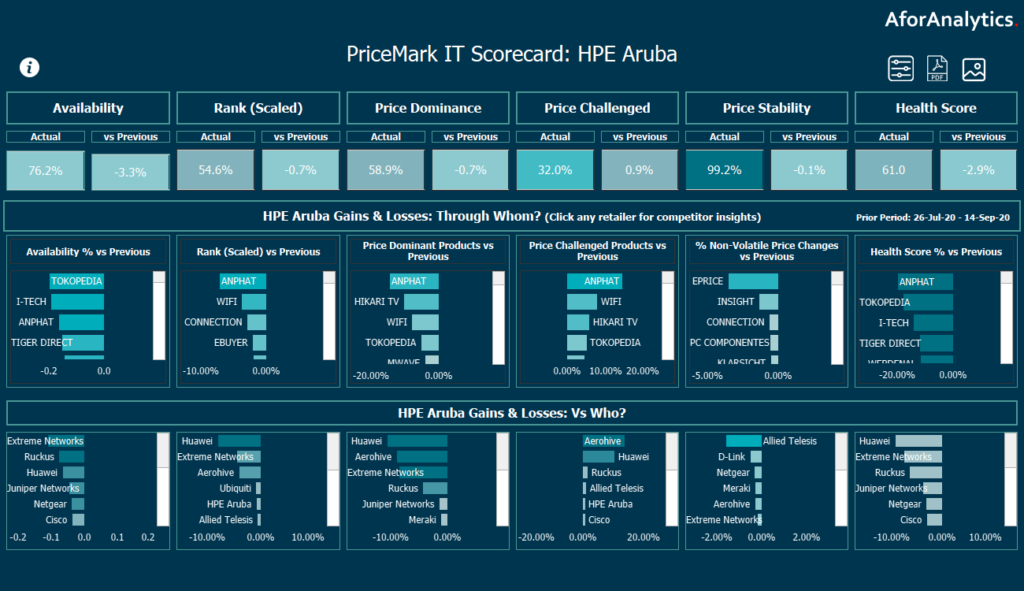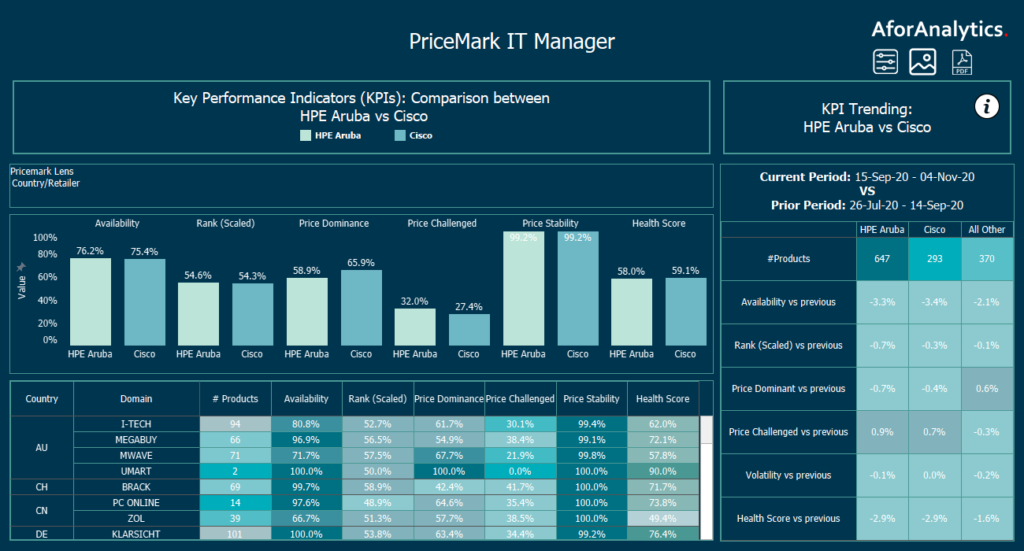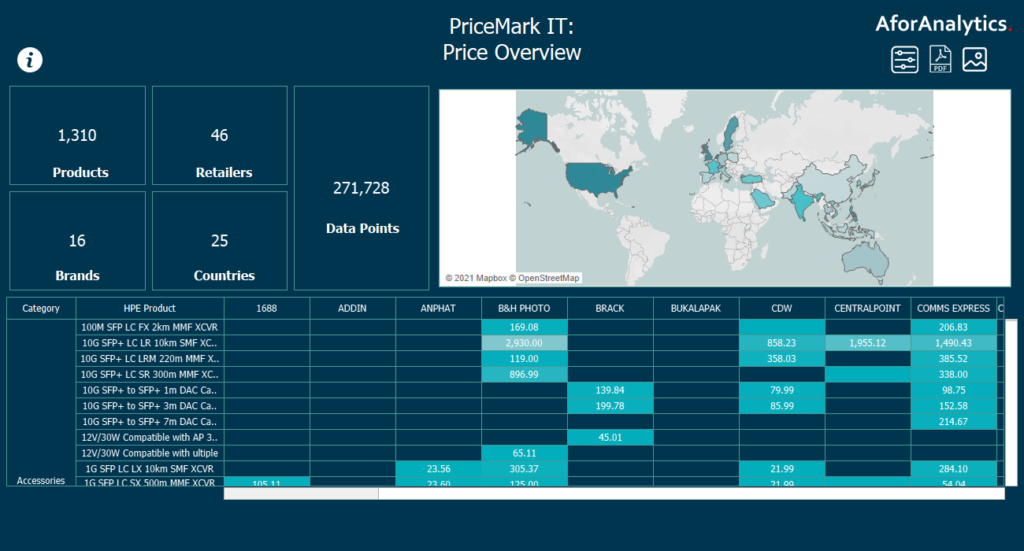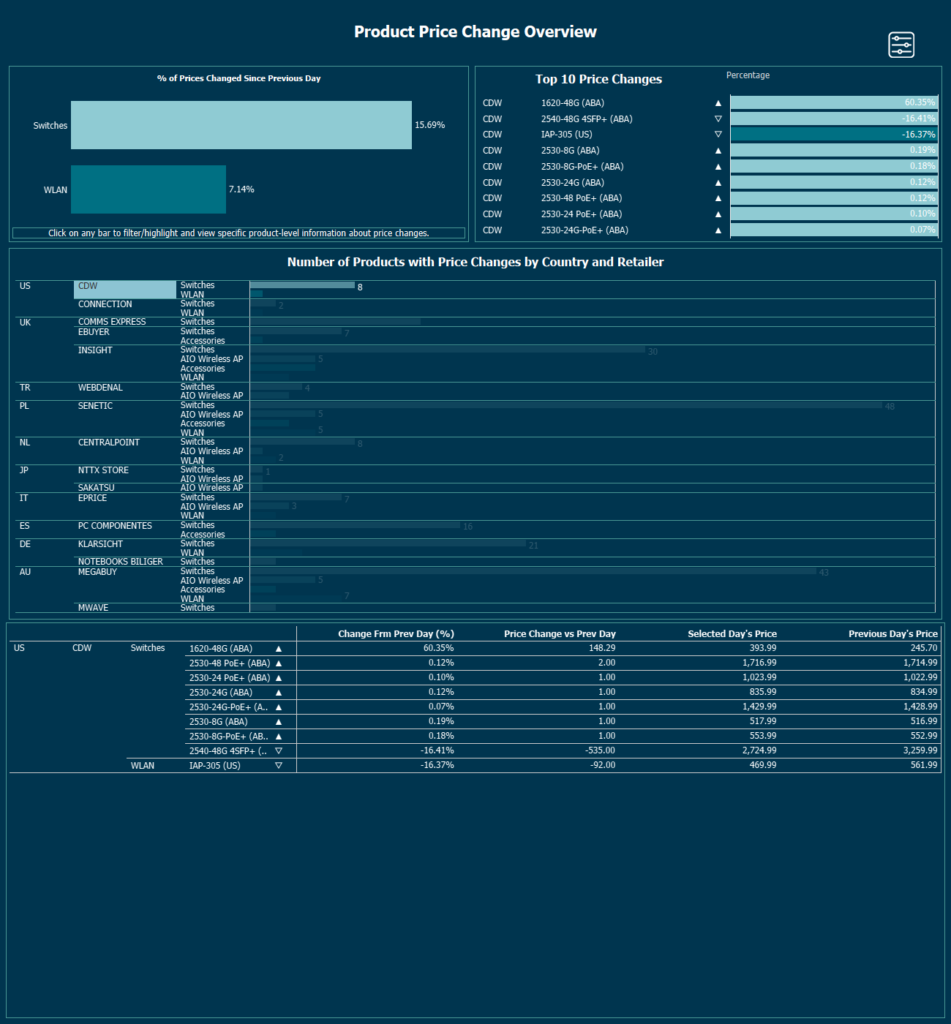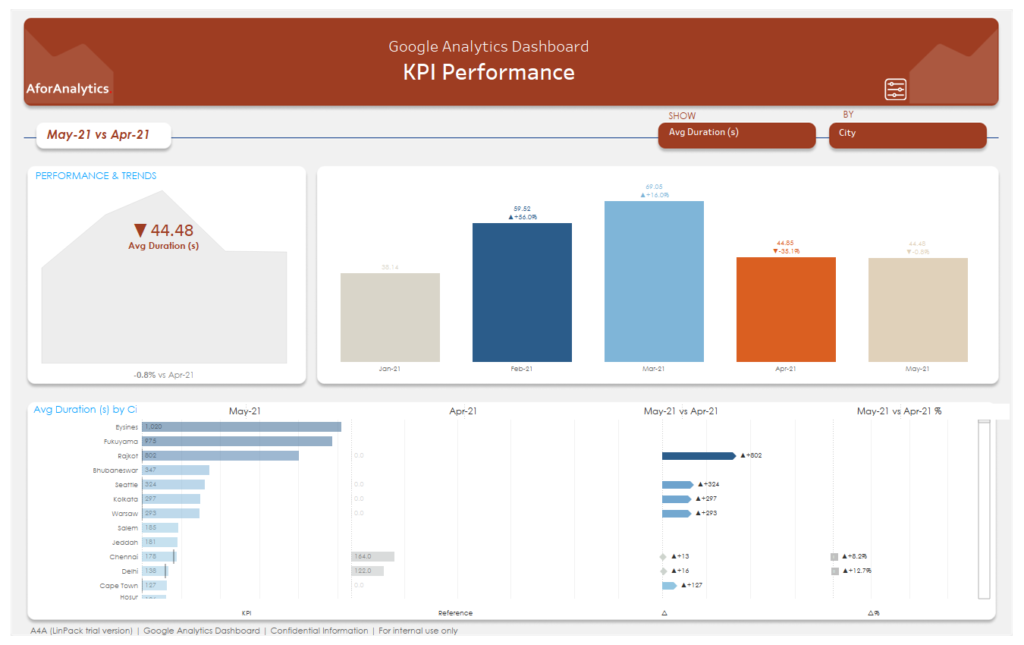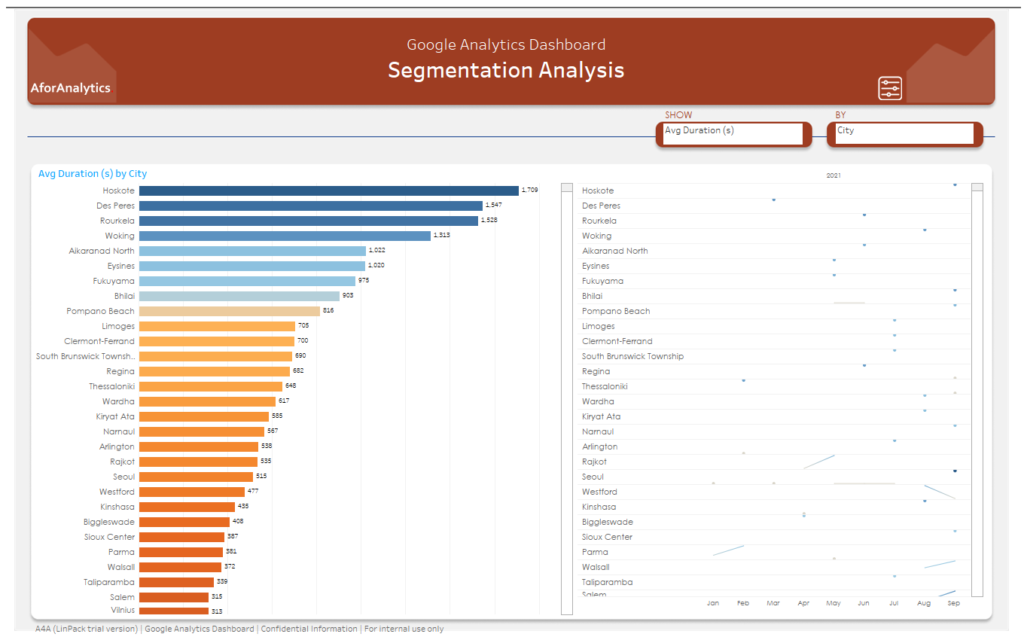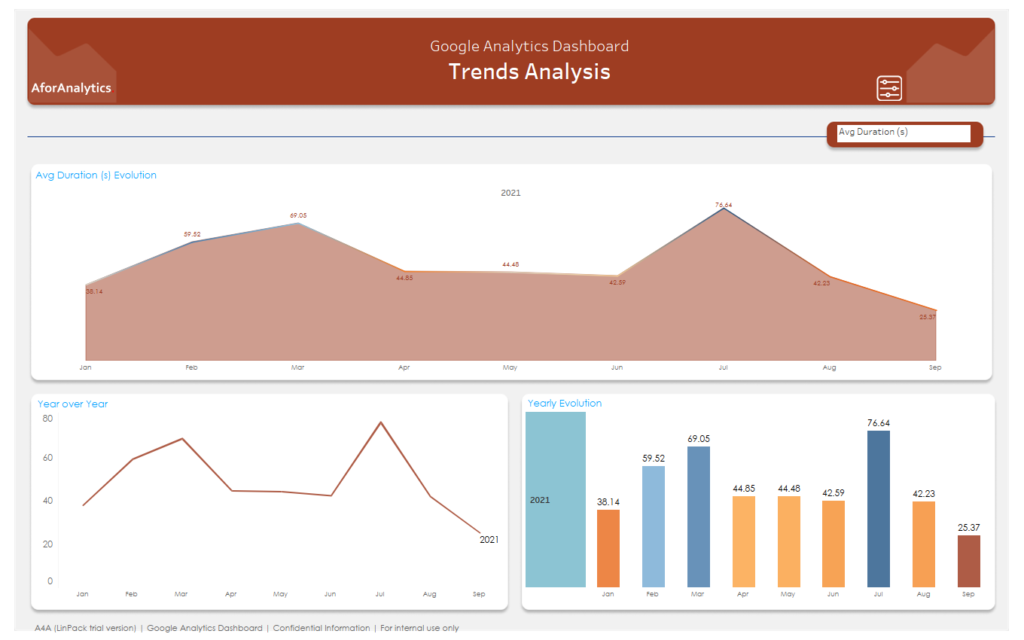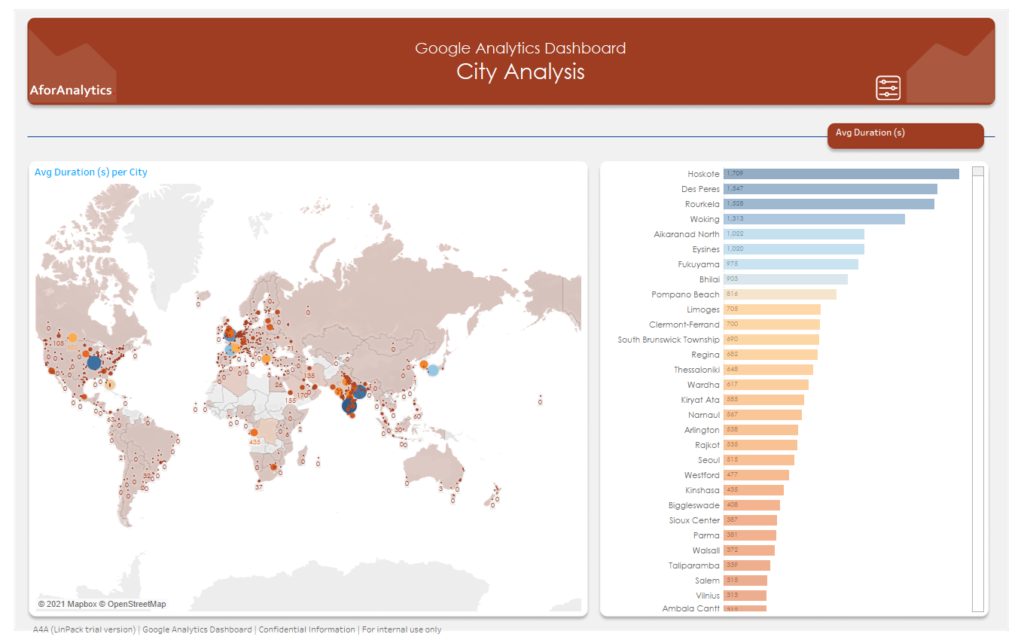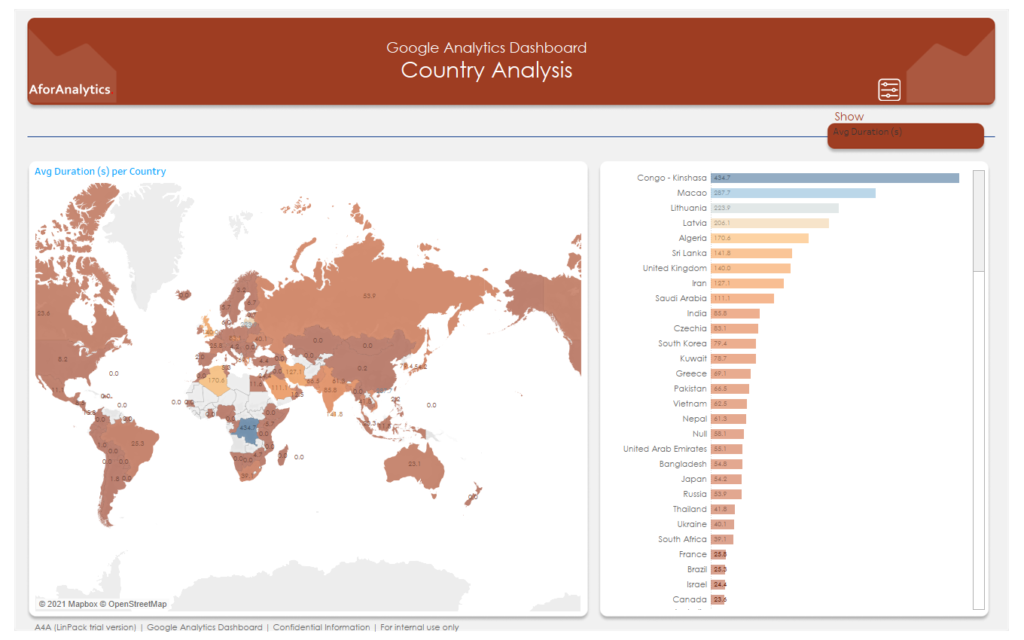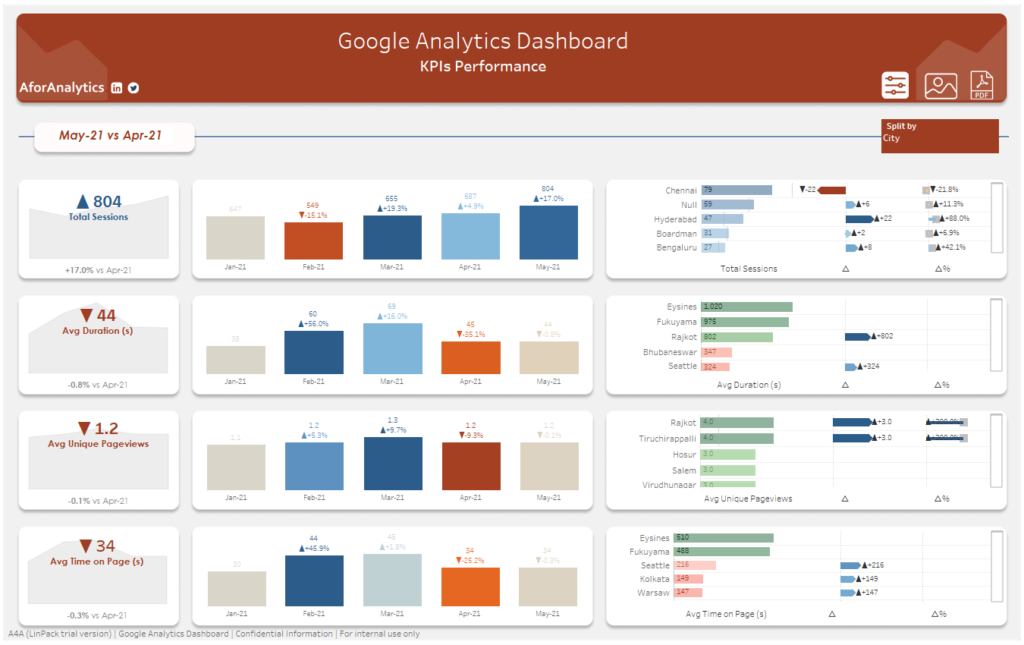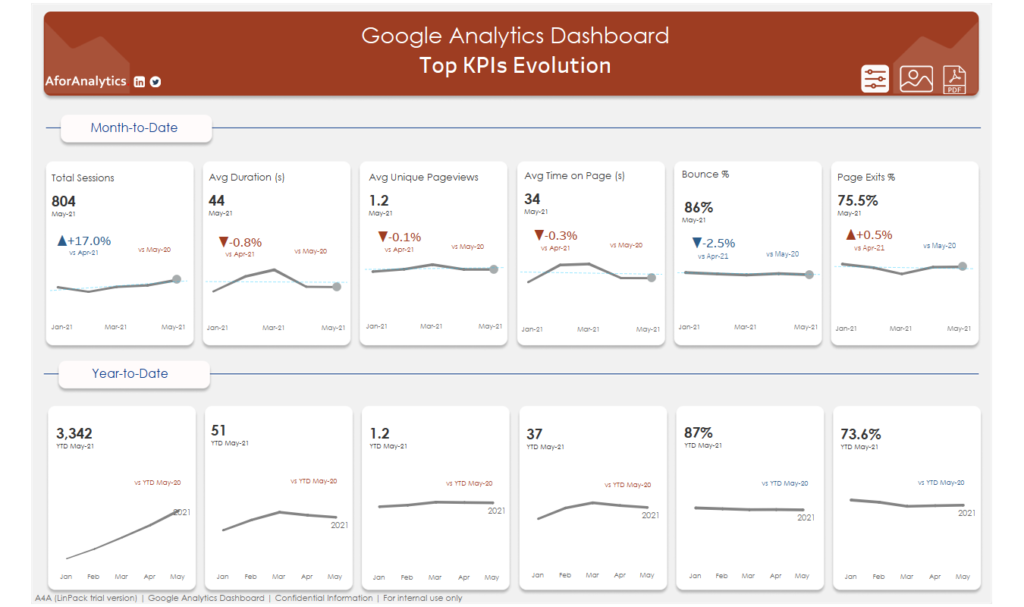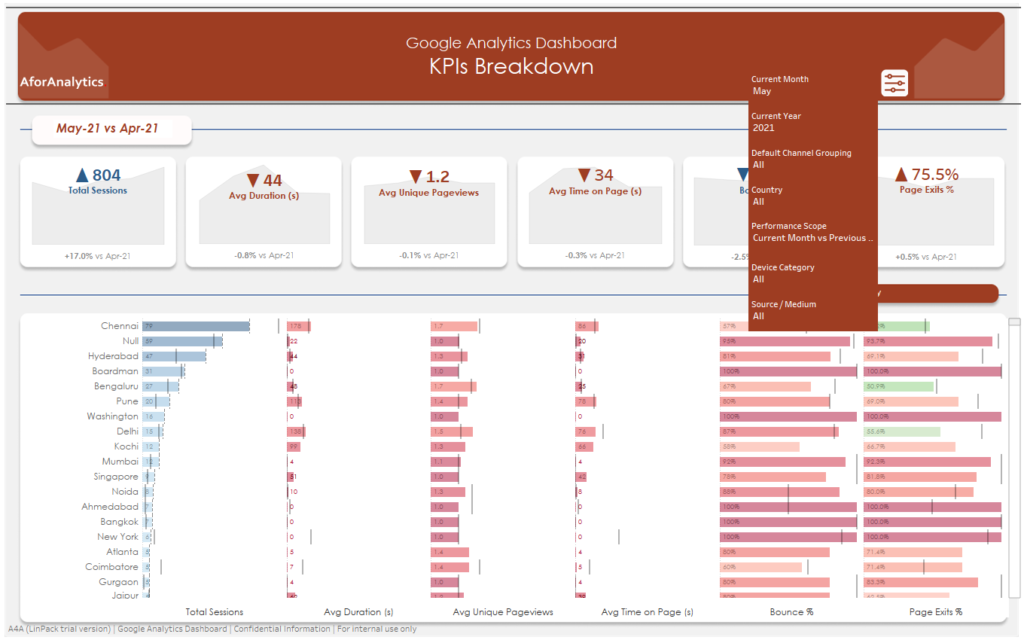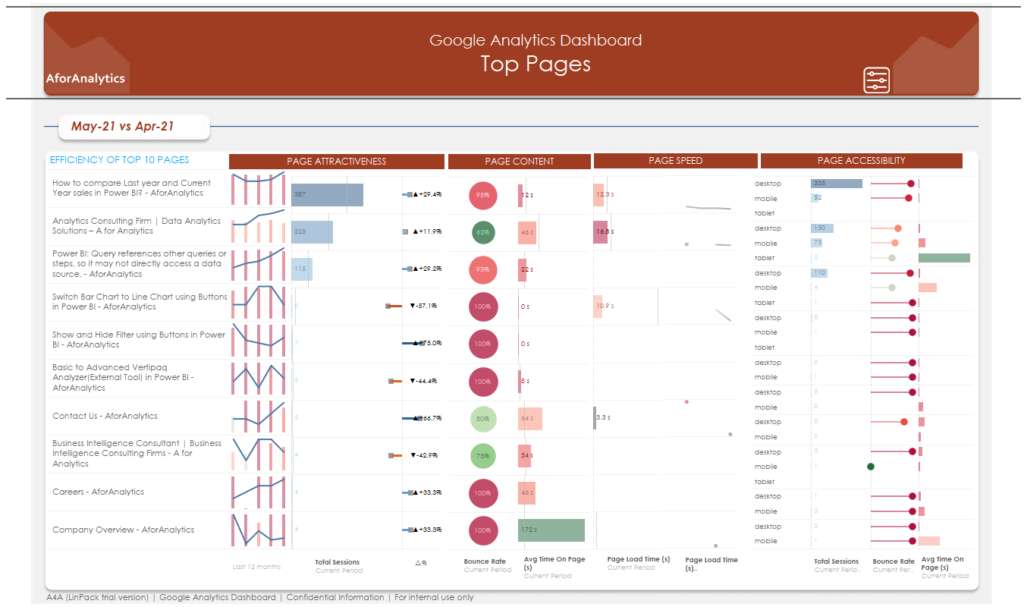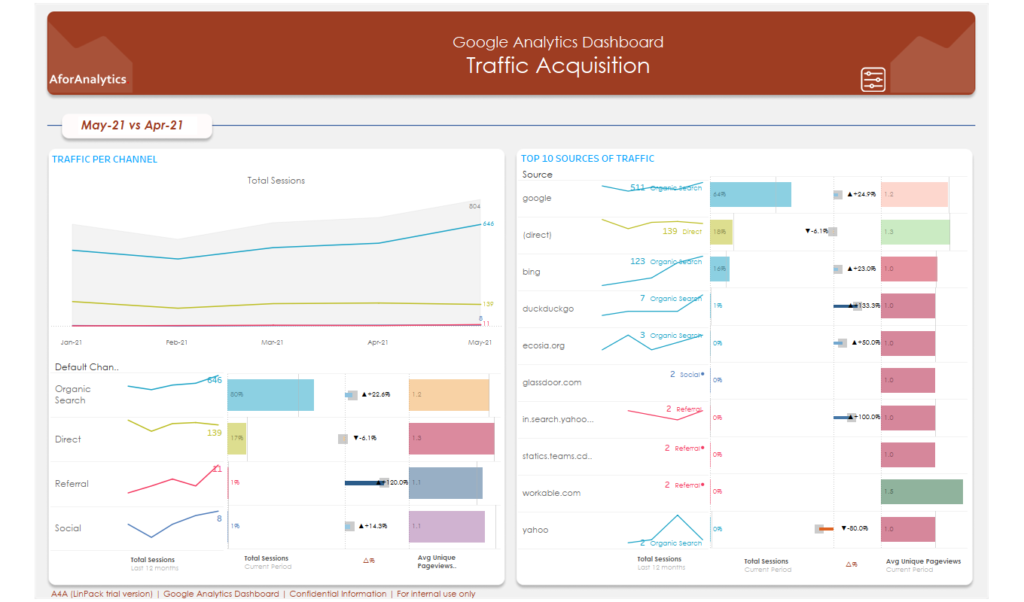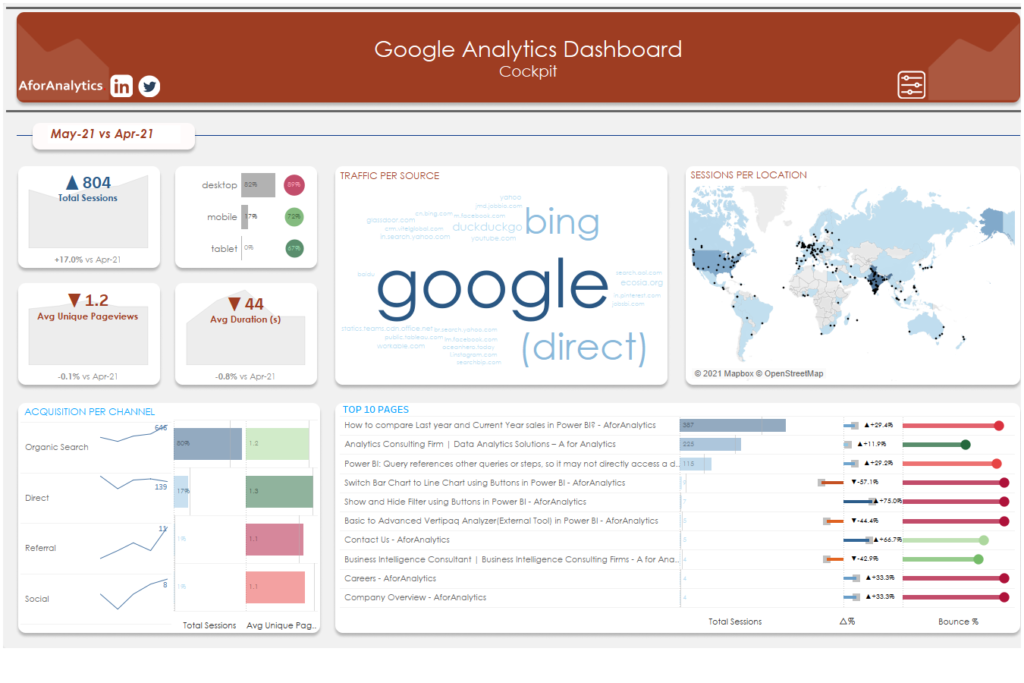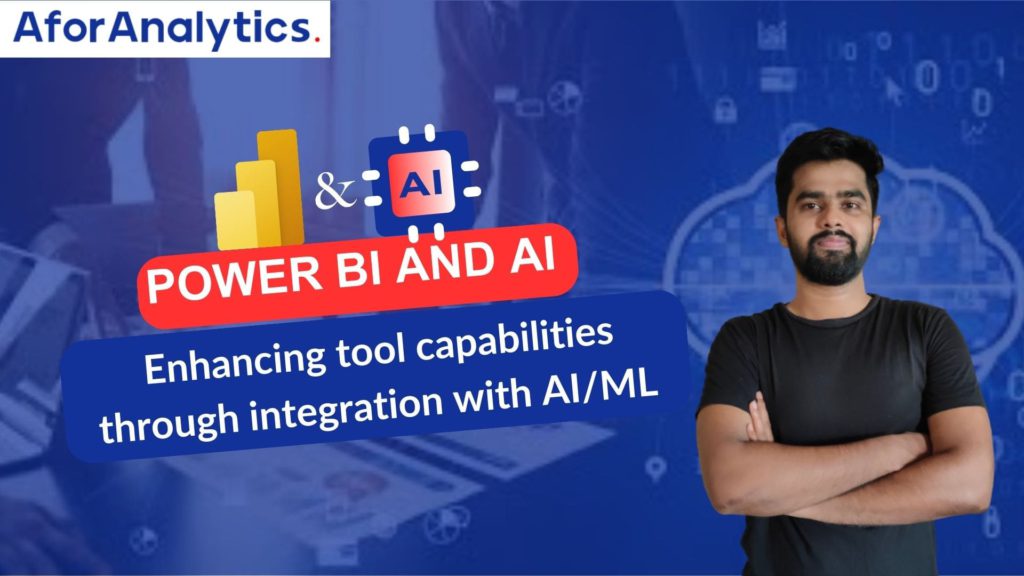
Power BI has been a popular data visualization and reporting tool for many businesses. It is known for its intuitive interface, ability to visualize data from a wide variety of sources, and rich set of features that enable businesses to create interactive reports and dashboards. However, with the increasing demand for data-driven decision-making and the growth of artificial intelligence and machine learning, PowerBI has taken another step forward in its evolution. In this blog post, we will discuss how PowerBI is integrating with AI and machine learning to enhance its capabilities and provide even more value to businesses.
Artificial Intelligence and Machine Learning in PowerBI
Artificial intelligence (AI) and machine learning (ML) are two of the most promising technologies for improving business processes and decision-making. By integrating these technologies into PowerBI, Microsoft has made it possible for businesses to use AI and ML in their reporting and visualization activities.
One of the main benefits of AI and ML in PowerBI is that they can automatically identify patterns and relationships in large amounts of data, helping businesses to uncover insights they may not have seen before. For example, PowerBI can use ML algorithms to predict future trends, detect anomalies, and identify correlations in data. This can be extremely useful for businesses, as it helps to make data-driven decisions based on accurate and up-to-date information.
Another advantage of AI and ML in PowerBI is that it can help to automate various data analysis tasks, such as data cleaning, transformation, and normalization. This can save businesses a lot of time and effort, as well as improve the accuracy of the data being used. PowerBI can also automate the creation of reports and dashboards, providing a more efficient way of visualizing data and sharing insights with others.
PowerBI and AI/ML Integration Examples
One of the most exciting aspects of the PowerBI and AI/ML integration is the ability to create custom visuals using AI and ML algorithms. For example, PowerBI can use ML algorithms to create custom visualizations that highlight specific data patterns or trends, or provide predictive insights based on historical data. This can be especially useful for businesses that need to quickly identify patterns and trends in large amounts of data, and make informed decisions based on this information.
Another example of the PowerBI and AI/ML integration is the ability to use natural language processing (NLP) to create more intuitive and user-friendly reports. NLP can help PowerBI to understand and interpret natural language requests, allowing users to ask questions about their data in a more conversational way. This can make data analysis and reporting much easier and more accessible for business users, who may not have a background in data science.
Conclusion
The integration of AI and ML into PowerBI provides a wealth of benefits for businesses, including the ability to automate data analysis tasks, uncover hidden insights, and create more user-friendly reports and dashboards. Whether you are a small business just starting to explore data visualization, or a large enterprise looking to streamline your data analysis processes, PowerBI and AI/ML integration is a must-have tool for anyone looking to get the most out of their data.
So if you’re looking to enhance your reporting and visualization capabilities, be sure to take advantage of the PowerBI and AI/ML integration. With its powerful features and intuitive interface, PowerBI is the ideal platform for businesses looking to stay ahead of the curve in the rapidly evolving world of power BI data visualization and analysis.

